Building a Broad-Based Talent Pool
Published on January 30th, 2018
Sailing Finns since 1966, August ‘Gus’ Miller is an American legend. This Olympian and Finn Hall of Fame inductee now has his attention focused on what works for the sport and the next generation of sailors.
Ever the educator, Miller explains the path needed to strengthen the US Olympic Sailing Program.
Two recent articles in Scuttlebutt – Making USA an Olympic Superpower and Assessing Olympic Future for US Team – reminds one of why the 1964, 1980, 1984, 1988 and 1992 US Olympic Sailing Teams were heroic Superpowers.
The success of the 1964 team in Japan was primarily the result of sailors shifting from classes where they were champions and increasing the team depth. The average age of that team was early thirties.
Sailing is a technical sport so for affluent nations, the Olympics has become an arms race. This distracts from a more fundamental fact – competitive sailing is a pyramid with a broad base and narrow top. For the 1980 and 1984 teams, Sam Merrick recognized this and, starting in late 1976, made a huge effort to bring in talent from other classes and worked hard and closely with the Olympic classes to make them strong.
There was the CanAm regatta series and other efforts to build up the North American regatta circuit for the Olympic Classes. The classes themselves formed training groups supporting and coaching each other as a class team. They realized that while only one of them would go to the Olympics, sharing and contributing to the growth of a team was a great return on one’s life.
The result in the Finn Class was that by 1978, seven of the top ten Finn sailors in the world were American – the question for the rest of the world was, “Which American will win the Gold?”
The success of the 1988 and 1992 teams was inherited from the base that Sam Merrick had worked so hard to build. Even if the 1988 Team was tempted into a little over engineering, the talent pool won out. The 1992 team focused on supporting rather than managing their inherited talent.
One has to realize that while America has a pool of good young sailors – as do most competing countries – parity has arrived. The rest of the world has gotten better and national governments now support Olympic sailing. Right now, the US base is narrow because there are barriers out there that are keeping great talent from having the opportunity. Being elitist with an ever narrowing development channel will not remove the barriers.
Coaching: As Olympic sailing has become professional, the pack of coach boats behind the starting line has become as dense as the starting fleet.
There are a few coaches who can make a difference. One is Sid Howlett, OBE with the GBR Finns and Stars. Another is the “Gypsy” from outside Moscow who is fantastic at teaching soft hands. The key element for Australia’s jump above the pack was hiring the Ukrainian coach Victor Kovalenko before the 2000 Sydney Olympics, and the Aussies already had the great Mike Fletcher. One of Mike’s inspired coaching moments was telling John Bertrand, “If I see a hacksaw in your hands attacking a Finn mast track again, I’m going to take a hammer and break your fingers.” i.e. stop fussing and sail.
Overall there is much too much coaching – partly because a coach’s ego gets in the way and the sailors become dependent, which is not how sailors win medals. In the end, the sailor must know he feels more and is better than the coach. A great sailing coach must try to work himself out of a job.
The key issue for the US to once again become a sailing superpower in a changing world is building a broad-based talent pool, and doing whatever it takes to do so.


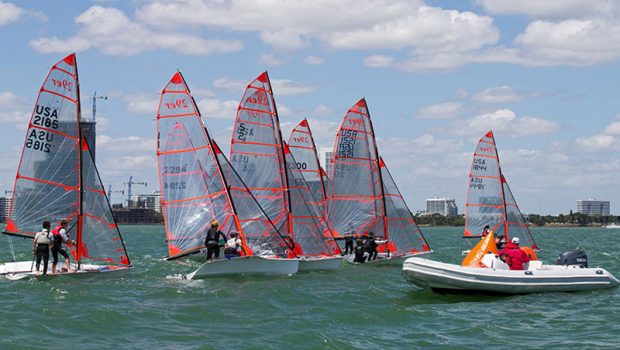
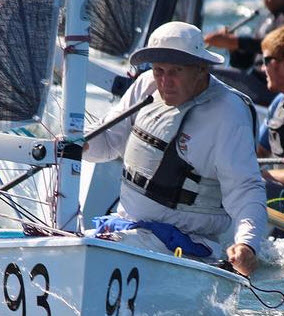


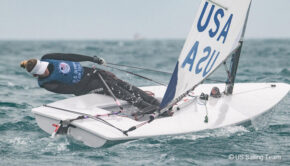
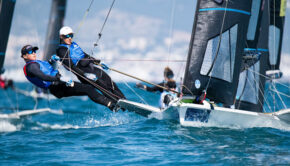
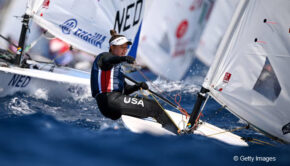
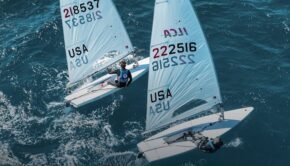
 We’ll keep your information safe.
We’ll keep your information safe.